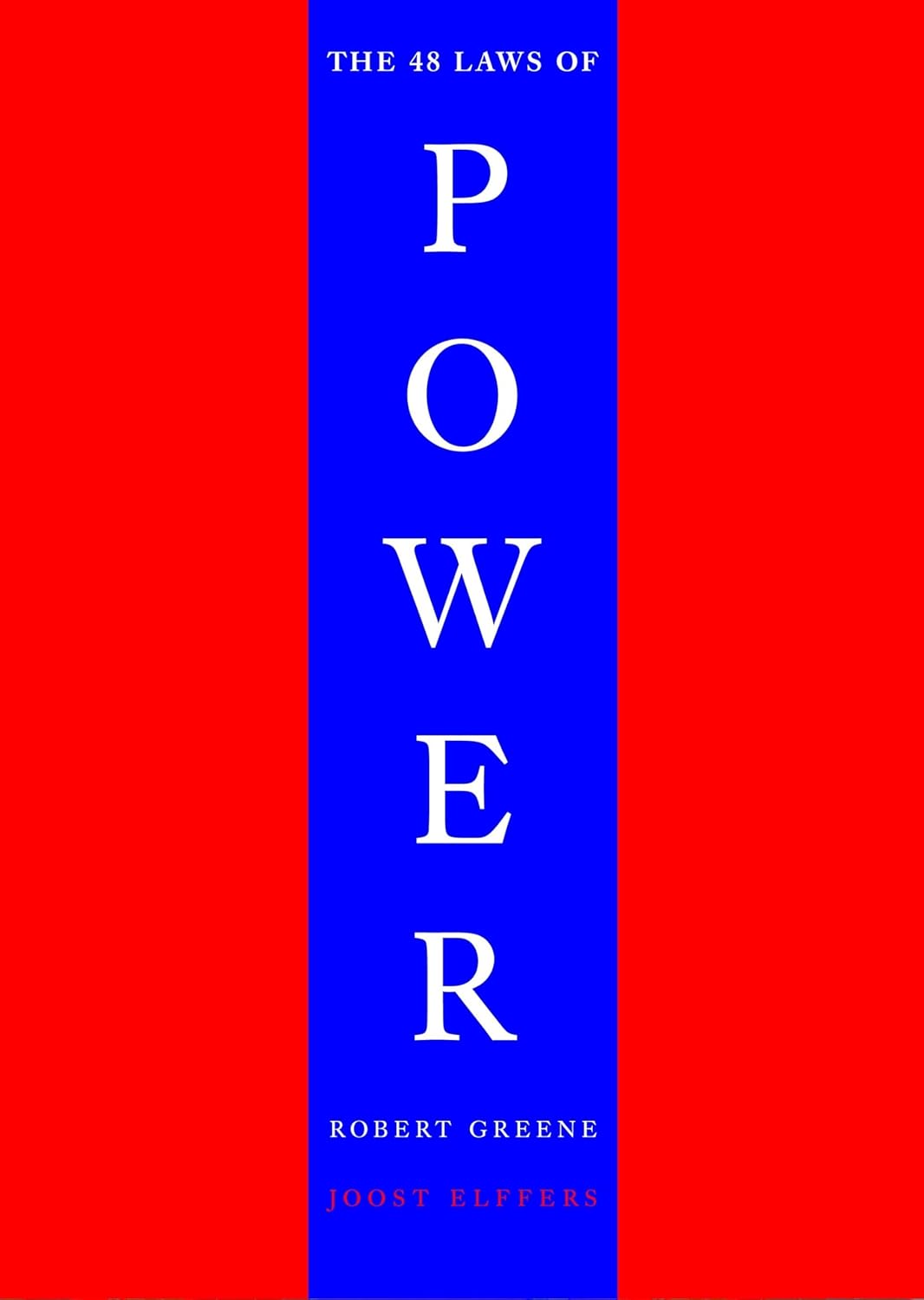LAW 6: Court Attention at All Costs
byLaw 6 of The 48 Laws of Power teaches that attention is a form of currency, and those who command it wield influence over others. People are naturally drawn to what stands out, making visibility a powerful tool for those who seek authority, success, or recognition. Whether through scandal, spectacle, or an air of mystery, those who master the art of attracting and maintaining attention secure their position in society while those who remain unseen risk fading into irrelevance.
P.T. Barnum, the legendary showman, exemplified this principle by ensuring that every performance, attraction, or event he promoted was designed to captivate the public’s imagination. His methods ranged from showcasing bizarre acts to staging controversies that kept people talking, proving that notoriety—whether positive or negative—can be just as valuable as admiration. One of his most famous tactics was displaying the Feejee mermaid, a grotesque hoax that fascinated audiences despite its fraudulent nature. Barnum understood that the mere act of being discussed was enough to ensure continuous success, making him a pioneer of publicity stunts.
History is filled with individuals who leveraged mystery and spectacle to their advantage. Mata Hari, the exotic dancer turned spy, carefully cultivated an aura of intrigue by fabricating tales about her origins, making her a subject of endless speculation. Her ability to control the narrative surrounding her identity granted her access to powerful circles in Europe, proving that people are drawn to what they cannot fully understand. By allowing others to project their fantasies and assumptions onto her, she created an irresistible allure that made her both desired and feared.
The power of standing out extends beyond personal branding and into business and politics, where leaders use strategic visibility to dominate public perception. Steve Jobs, the mastermind behind Apple, orchestrated product launches with an almost theatrical flair, ensuring that anticipation built up before each major announcement. By revealing just enough to fuel curiosity while keeping full details under wraps, he transformed Apple’s product unveilings into global events, reinforcing the idea that scarcity and controlled exposure enhance desirability.
In the art world, figures like Salvador Dalí understood that eccentricity and unpredictability could solidify their presence in cultural memory. Dalí’s flamboyant persona, from his distinctive mustache to his surreal performances, made him as much of a spectacle as his artwork. By blending creative genius with an ability to capture the public’s attention, he ensured that his name remained synonymous with innovation and controversy long after his time.
However, the pursuit of attention must be approached with caution, as excessive visibility can become a double-edged sword. While scandal and controversy can elevate one’s status, they can also lead to downfall if not managed properly. Celebrities, politicians, and influencers who chase fame recklessly often find themselves trapped by the very image they created, facing public scrutiny that can erode their credibility.
Those who understand this law know that mastering visibility is not just about standing out but also about knowing when to retreat. The most powerful figures throughout history have maintained their influence by strategically appearing and disappearing, ensuring that their presence remains impactful rather than overexposed. This calculated approach prevents familiarity from breeding indifference and keeps people invested in their persona or brand.
The importance of this law is evident in modern digital culture, where social media platforms have turned visibility into an even more potent tool. Influencers and brands compete for attention in an oversaturated landscape, using shock value, exclusivity, or mystery to capture audience engagement. The ones who succeed are those who maintain a balance between being seen and keeping people intrigued, ensuring that their relevance is sustained rather than fleeting.
Ultimately, Law 6 underscores that power is not just about what one achieves but how well one controls perception. Those who cultivate mystery, orchestrate their public image, and command attention through intrigue will always hold an advantage over those who blend into obscurity. By embracing the art of strategic visibility, individuals can shape their legacy, influence others, and secure their place in history.


